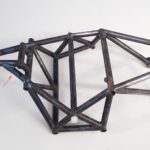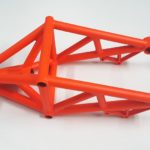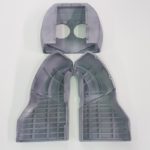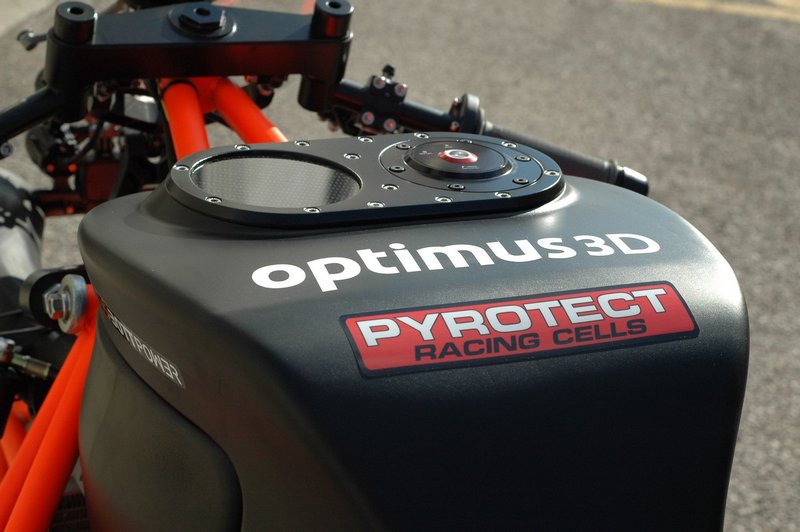Thed BOTT 1000 Morlaco is the one of the first superbikes to have its body and other components produced with 3D printing technology. This superbike was developed by Bottpower, a Spanish high-tech motorsport engineering company located in Valencia. The company is managed by David Sanchez, a mechanical engineer who has experience with not only motorbike races, but also in mechanical design. His company specializes in designing and building motorbikes, parts, and prototypes, mostly for other firms.
The Morlaco is a Bottpower side project, something that they do in their “free time.” The bike was built with a 3D printed tank, seat, front mudguard, and other components thanks to the help of Optimus 3D, a team of engineers with design skills and additive manufacturing capabilities, founded in 2014.
The materials used for the superbike ranged from polymers to titanium. In order to create the complex shapes this superbike required, Sanchez opted for 3D printing in order to use the most advanced technology as possible. The use of 3D printed components would also help to create a revolutionary design.
“Using the traditional method of building a bike like this, which would be to do a design, make a mould, make parts from the mould and so on, is a long process and really expensive for a small operation. For doing just one unit this is much faster because you design it on a computer, send the file and then, in four days you have the parts,” Sanchez said.
“The trick is to dedicate everyday a little while and do it in a consistent way. Every day.”
Once again, the Morlaco is a project that Bottpower has been working on for quite a while. In fact, the Morlaco project started in 2002, but it has been on “pause mode” for several years. Yet, the superbike looked promising when, on 2013, Bottpower published the first render with a redesign.
It then continued moving forward.
Later, the team started creating the missing components to finally finish this project. They mounted silicone hoses, carbon fiber beams, footpegs, clutch levers, throttles, headlights, a tachometer, and more. To hold all these elements in position, the team and Optimus 3D printed a stay bracket, which was a great opportunity for them to use a Lattice structure.
“Lattices use the minimum of material to fill a volume whilst still providing structural rigidity,” said Sanchez. “The interesting point about Lattice structures is that it is possible to adjust the density of the cells inside of the part, in this way the part can be denser in those areas where there is more tension and less dense in those areas with less tension. This allows creating a very optimized part regarding weight/stiffness.”
To make the fuel tank, and as to make the 3D printing process cheaper, the outer carcass was printed and divided into 5 parts. As racing cars use fuel cells, the team used these flexible bladders to comply with the FIA (International Automobile Federation) safety norms. These bladders are much more resistant to impact than others, like, for example, the metal sheets that were used in the past.
By gluing all the components together, and later sanding and painting, the BOTT 1000 Morlaco looks as if it is nearly finished.
“The next step that we must take is to add some carbon fiber layers over the parts, in this way they will be valid from a structural point of view. Right now they are just plastic (polyamide) parts and they wouldn’t support the loads that they should withstand,” Sanchez said.
Bottpower shares the Morlaco project on its blog, where you can see how it was built up, and how Optimus 3D helped them 3D print the components.
[Sources: Bottpower, Motorcycle News]Subscribe to Our Email Newsletter
Stay up-to-date on all the latest news from the 3D printing industry and receive information and offers from third party vendors.
Print Services
Upload your 3D Models and get them printed quickly and efficiently.
You May Also Like
Reinventing Reindustrialization: Why NAVWAR Project Manager Spencer Koroly Invented a Made-in-America 3D Printer
It has become virtually impossible to regularly follow additive manufacturing (AM) industry news and not stumble across the term “defense industrial base” (DIB), a concept encompassing all the many diverse...
Inside The Barnes Global Advisors’ Vision for a Stronger AM Ecosystem
As additive manufacturing (AM) continues to revolutionize the industrial landscape, Pittsburgh-based consultancy The Barnes Global Advisors (TBGA) is helping shape what that future looks like. As the largest independent AM...
Ruggedized: How USMC Innovation Officer Matt Pine Navigates 3D Printing in the Military
Disclaimer: Matt Pine’s views are not the views of the Department of Defense nor the U.S. Marine Corps Throughout this decade thus far, the military’s adoption of additive manufacturing (AM)...
U.S. Congress Calls Out 3D Printing in Proposal for Commercial Reserve Manufacturing Network
Last week, the U.S. House of Representatives’ Appropriations Committee moved the FY 2026 defense bill forward to the House floor. Included in the legislation is a $131 million proposal for...


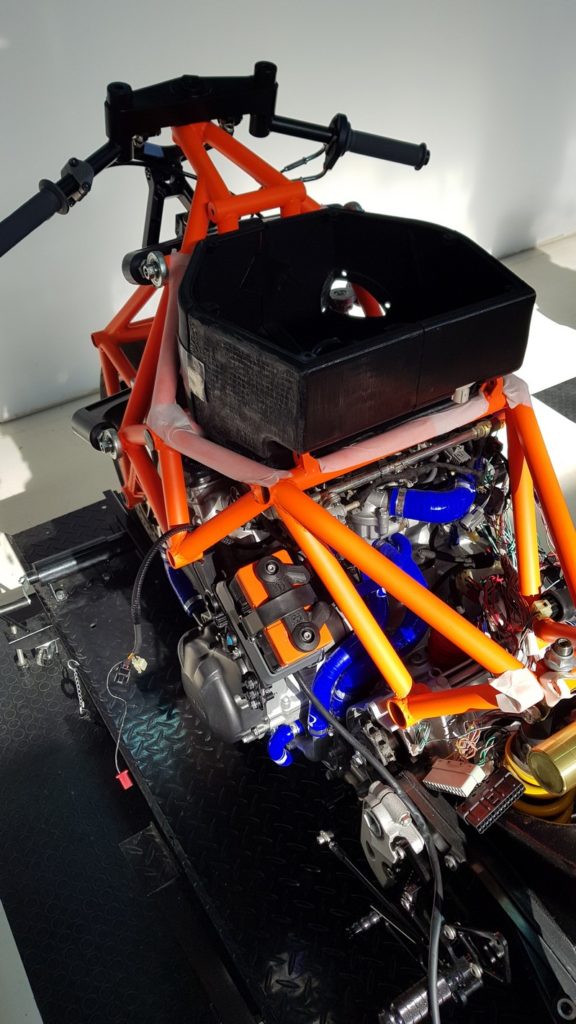
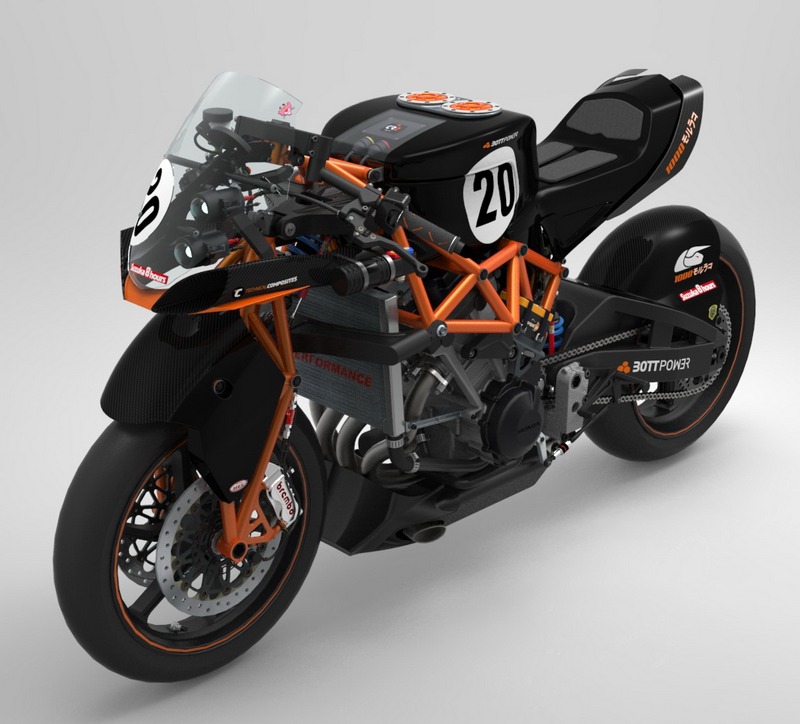 Image via Bottpower
Image via Bottpower